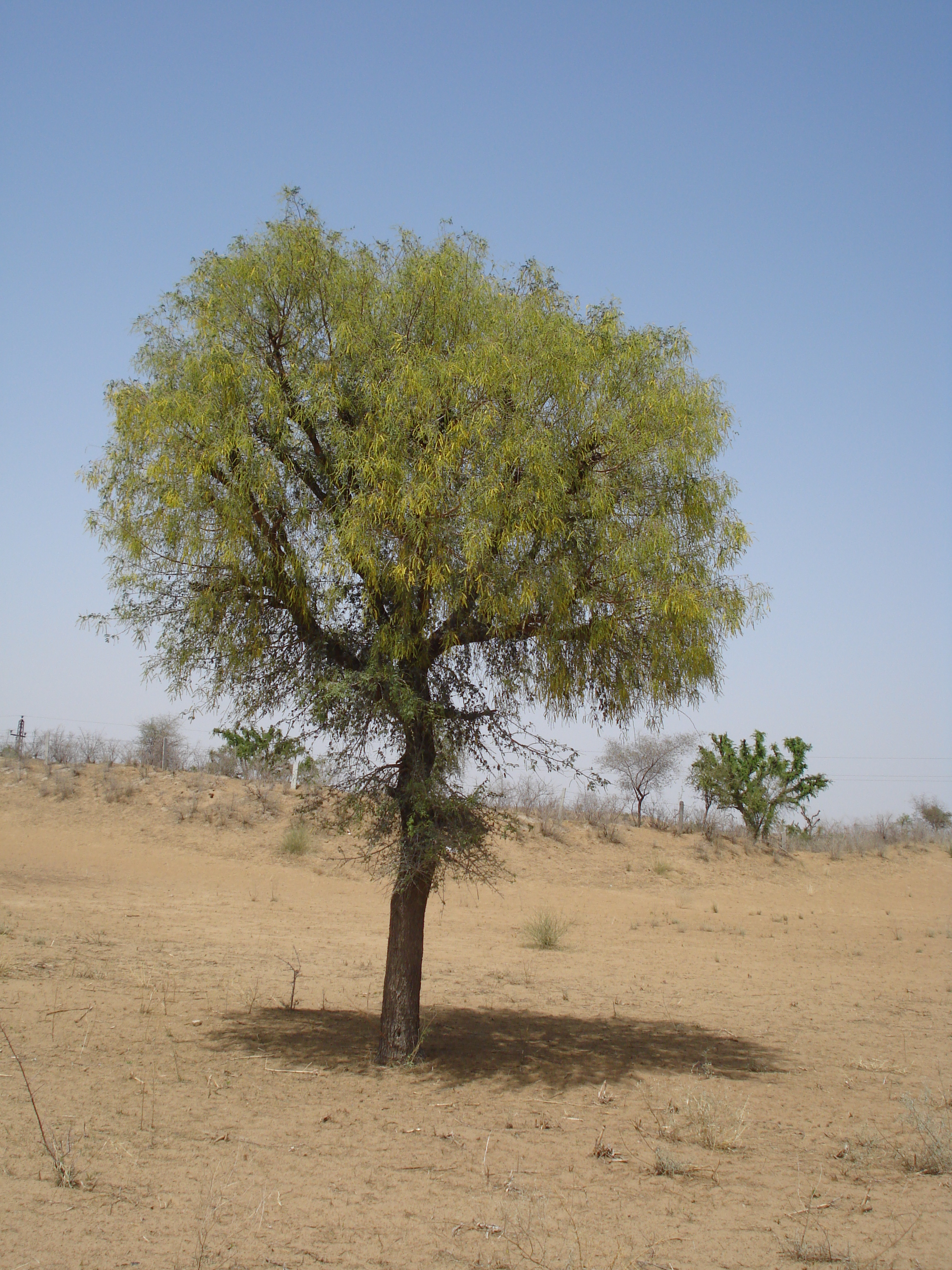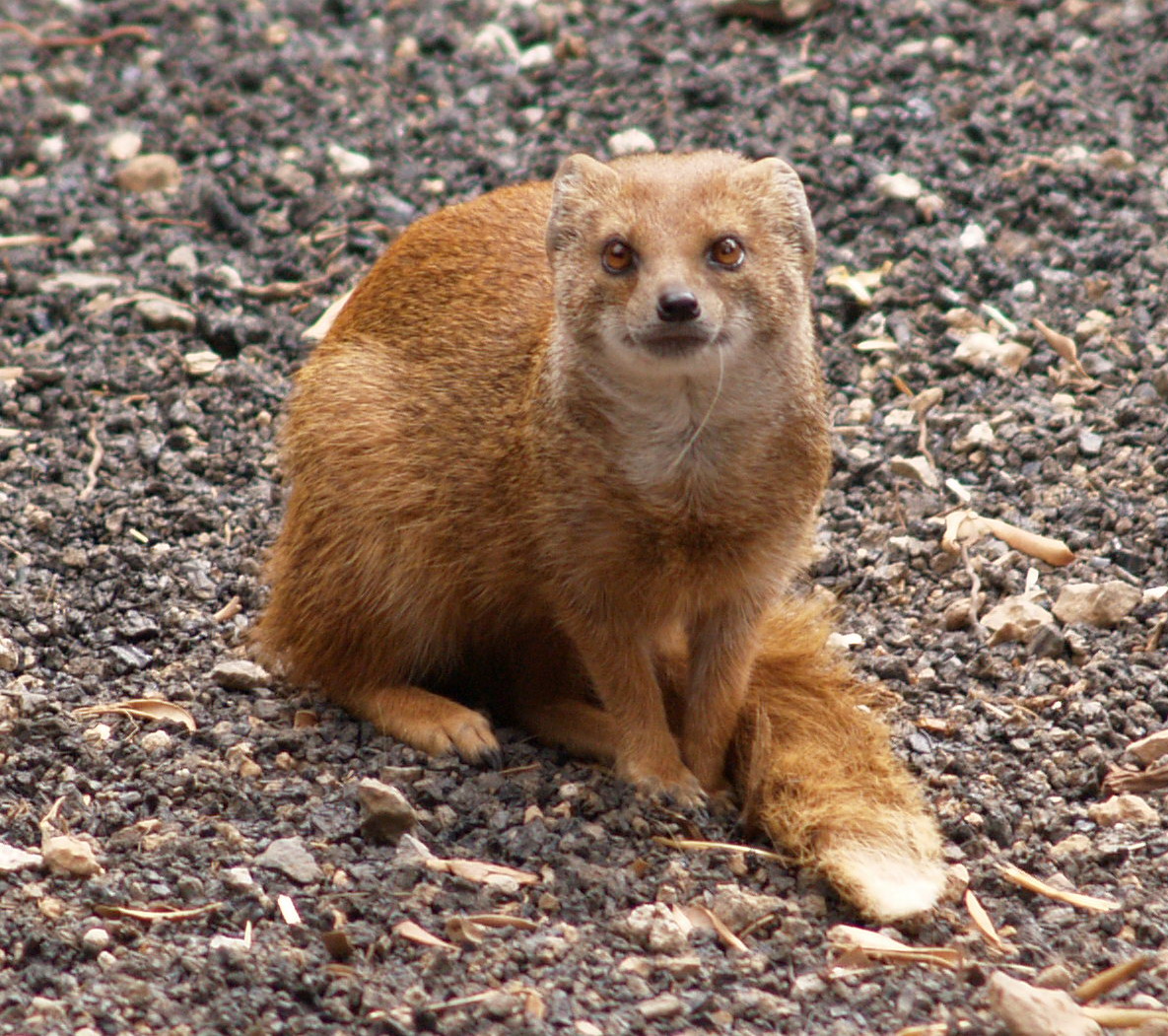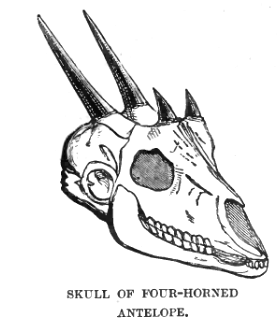|
Dhebar Lake
Dhebar Lake (also known as Jaisamand Lake) is India's second largest artificial fresh water lake in India. It is located in the Salumbar, Salumber District of Rajasthan State in western India. It has an area of when full, and was created at Namla Thikana (rathore-patvi) in the 17th century, when Jai Singh of Mewar, Rana Jai Singh of Udaipur built a marble dam across the Gomati River (Rajasthan), Gomati River. It is about from the district headquarters of Salumbar. When first built, it was the largest artificial lake in the world. The surrounding Jaisamand Wildlife Sanctuary around Dhebar Lake can be reached by the state highway to Banswara from Udaipur. Jaisamand Wildlife Sanctuary protects about , mostly teak forest, on the shores of Dhebar Lake. The lake has three islands measuring from each. The Dhebar Lake Marble Dam is long and is a part of the "Heritage Monuments of India". The dam also has the Hawa Mahal Palace, winter Capital of the erstwhile Maharana of Mewar, Mahar ... [...More Info...] [...Related Items...] OR: [Wikipedia] [Google] [Baidu] |
Gomati River (Rajasthan)
The Gomati River is a small river in Rajasthan state of western India. Gomati starts in the village of Khodiyo Ka Khera(Badisadri)iChittorgarh. It originates in the hills of central Udaipur District, flowing south to join the Som River in the southern part of the district. The river was dammed in the 17th century to create Dhebar Lake, also known as Jaisamand Lake, which has an area of 80 km2. References Rivers of Rajasthan {{Udaipurdivision-geo-stub ... [...More Info...] [...Related Items...] OR: [Wikipedia] [Google] [Baidu] |
Jaisamand Lake View
Dhebar Lake (also known as Jaisamand Lake) is India's second largest artificial fresh water lake in India. It is located in the Salumber District of Rajasthan State in western India. It has an area of when full, and was created at Namla Thikana (rathore-patvi) in the 17th century, when Rana Jai Singh of Udaipur built a marble dam across the Gomati River. It is about from the district headquarters of Salumbar. When first built, it was the largest artificial lake in the world. The surrounding Jaisamand Wildlife Sanctuary around Dhebar Lake can be reached by the state highway to Banswara from Udaipur. Jaisamand Wildlife Sanctuary protects about , mostly teak forest, on the shores of Dhebar Lake. The lake has three islands measuring from each. The Dhebar Lake Marble Dam is long and is a part of the "Heritage Monuments of India". The dam also has the Hawa Mahal Palace, winter Capital of the erstwhile Maharanas of Mewar. 1687 to 1691. However The lake went almost dry in recent ... [...More Info...] [...Related Items...] OR: [Wikipedia] [Google] [Baidu] |
Wildlife Of India
India is one of the most biodiverse regions and is home to a large variety of wildlife. It is one of the 17 megadiverse countries and includes four of the world's 36 biodiversity hotspots – the Western Ghats, the Himalaya, the Nicobar Islands and the Indo-Burma hotspot. About 24.6% of the total land area is covered by forests. It has various ecosystems ranging from the high altitude Himalayas, tropical evergreen forests along the Western Ghats, desert in the north-west, coastal plains and mangroves along the peninsular region. India lies within the Indomalayan and palearctic realms, and is home to about 7.6% of mammal, 14.7% of amphibian, 6% of bird, 6.2% of reptilian, and 6.2% of flowering plant species. Human encroachment, deforestation and poaching are significant challenges that threaten the existence of certain fauna and flora. Government of India established a system of national parks and protected areas in 1935, which have been subsequently expanded to nearly 1 ... [...More Info...] [...Related Items...] OR: [Wikipedia] [Google] [Baidu] |
List Of Lakes In India
This is a list of notable lakes in India. Andhra Pradesh * Kolleru Lake * Kondakarla Ava * Kaniairi Lake * Cumbum * Pulicat Lake Pulicat Lake is the second-largest brackish-water lagoon in India (after Chilika Lake), measuring . A major part of the lagoon lies in the Tirupati district of Andhra Pradesh. The lagoon is one of three important wetlands that attracts northea ... Assam * Dora Beel * Urpad Beel * Samaguri Beel * Morikalang Beel * Haflong Lake * Sivasagar Lake * Joysagar Lake * Gaurisagar Lake * Chandubi Lake *Rudrasagar Lake Sivasagar *Deepor Beel Bird Sanctuary *Son Beel *Maguri Motapung Beel *Silsako Lake *Chapnala Lake * Saron Beel Bihar * Kanwar Lake Bird Sanctuary * Ghora Katora Chandigarh * Sukhna Lake Chhattisgarh * Vivekananda Sarovar, Raipur * Telibandha Lake Goa * Mayem Lake * Nanda Lake Gujarat * Chimnabai Lake * Gopi Talav * Hamirsar Lake * Kankaria Lake * Nal Sarovar * Narayan Sarovar * Sardar Sarovar D ... [...More Info...] [...Related Items...] OR: [Wikipedia] [Google] [Baidu] |
Arid Forest Research Institute
Arid Forest Research Institute (ICFRE-AFRI) is a research institute situated in Jodhpur, Rajasthan, India. The institute conducts scientific research in forestry in order to provide technologies to increase the Permanent vegetative cover, vegetative cover and to conserve biodiversity in the hot arid and Semi-arid climate, semi-arid regions of Rajasthan and Gujarat. It helps to provide data and information to prevent and mitigate water scarcity related problems which affect the environment and people. It operates under the Indian Council of Forestry Research and Education (ICFRE) of the Ministry of Environment, Forest and Climate Change, Government of India. About The Arid Forest Research Institute was established in 1985 to cater the forestry research needs of the arid and Semi-arid climate, semi-arid region of Rajasthan, Gujarat, Dadra and Nagar Haveli, and Daman and Diu, Daman-Diu. The institute is situated on Jodhpur Pali Road (National Highway 65 (India), NH 65) in a campu ... [...More Info...] [...Related Items...] OR: [Wikipedia] [Google] [Baidu] |
Ecoregion
An ecoregion (ecological region) is an ecological and geographic area that exists on multiple different levels, defined by type, quality, and quantity of environmental resources. Ecoregions cover relatively large areas of land or water, and contain characteristic, geographically distinct assemblages of natural communities and species. The biodiversity of flora, fauna and ecosystems that characterise an ecoregion tends to be distinct from that of other ecoregions. In theory, biodiversity or conservation ecoregions are relatively large areas of land or water where the probability of encountering different species and communities at any given point remains relatively constant, within an acceptable range of variation (largely undefined at this point). Ecoregions are also known as "ecozones" ("ecological zones"), although that term may also refer to biogeographic realms. Three caveats are appropriate for all bio-geographic mapping approaches. Firstly, no single bio-geographic fram ... [...More Info...] [...Related Items...] OR: [Wikipedia] [Google] [Baidu] |
Migratory Bird
Bird migration is a seasonal movement of birds between breeding and wintering grounds that occurs twice a year. It is typically from north to south or from south to north. Migration is inherently risky, due to predation and mortality. The Arctic tern holds the long-distance migration record for birds, travelling between Arctic breeding grounds and the Antarctic each year. Some species of tubenoses, such as albatrosses, circle the Earth, flying over the southern oceans, while others such as Manx shearwaters migrate between their northern breeding grounds and the southern ocean. Shorter migrations are common, while longer ones are not. The shorter migrations include altitudinal migrations on mountains, including the Andes and Himalayas. The timing of migration seems to be controlled primarily by changes in day length. Migrating birds navigate using celestial cues from the Sun and stars, the Earth's magnetic field, and mental maps. Historical views In the Pacific, ... [...More Info...] [...Related Items...] OR: [Wikipedia] [Google] [Baidu] |
Species
A species () is often defined as the largest group of organisms in which any two individuals of the appropriate sexes or mating types can produce fertile offspring, typically by sexual reproduction. It is the basic unit of Taxonomy (biology), classification and a taxonomic rank of an organism, as well as a unit of biodiversity. Other ways of defining species include their karyotype, DNA sequence, morphology (biology), morphology, behaviour, or ecological niche. In addition, palaeontologists use the concept of the chronospecies since fossil reproduction cannot be examined. The most recent rigorous estimate for the total number of species of eukaryotes is between 8 and 8.7 million. About 14% of these had been described by 2011. All species (except viruses) are given a binomial nomenclature, two-part name, a "binomen". The first part of a binomen is the name of a genus to which the species belongs. The second part is called the specific name (zoology), specific name or the specific ... [...More Info...] [...Related Items...] OR: [Wikipedia] [Google] [Baidu] |
Mongoose
A mongoose is a small terrestrial carnivorous mammal belonging to the family Herpestidae. This family has two subfamilies, the Herpestinae and the Mungotinae. The Herpestinae comprises 23 living species that are native to southern Europe, Africa and Asia, whereas the Mungotinae comprises 11 species native to Africa. The Herpestidae originated about in the Early Miocene and genetically diverged into two main lineages between 19.1 and . There is a large introduced population on the islands of Hawaii. Mongoose diets are varied but consist of mainly insects, hatchlings, reptiles and birds. Etymology The name is derived from names used in India for ''Herpestes'' species: or in classical Hindi; in Marathi; in Telugu; , and in Kannada. The form of the English name (since 1698) was altered to its "- goose" ending by folk etymology. It was spelled "mungoose" in the 18th and 19th centuries. The plural form is "mongooses", although "mongeese" is also used. Characteristics ... [...More Info...] [...Related Items...] OR: [Wikipedia] [Google] [Baidu] |
Four-horned Antelope
The four-horned antelope (''Tetracerus quadricornis''), also called ''chousingha'', is a small bovid antelope native to central, South and Western India, along with a smaller population in Nepal. The sole member of the genus ''Tetracerus'', the chousingha was first scientifically described in 1816 by French zoologist Henri Marie Ducrotay de Blainville. Three regional subspecies are currently recognised. The four-horned antelope has a yellowish-tan, sometimes reddish or goldenrod coat. It is slender with thin legs and a short tail. It stands nearly at the shoulder and weighs about . Its four horns are unique among antelopes and distinguish it from most other bovids. The longer pair of straight, spike-like horns is atop its head between the ears, while the other, shorter pair is on the forehead; its posterior horns are always longer than the anterior horns, which may even present as merely fur-covered "studs". While the posterior horns measure , the anterior ones are usually ... [...More Info...] [...Related Items...] OR: [Wikipedia] [Google] [Baidu] |
Deer
A deer (: deer) or true deer is a hoofed ruminant ungulate of the family Cervidae (informally the deer family). Cervidae is divided into subfamilies Cervinae (which includes, among others, muntjac, elk (wapiti), red deer, and fallow deer) and Capreolinae (which includes, among others reindeer (caribou), white-tailed deer, roe deer, and moose). Male deer of almost all species (except the water deer), as well as female reindeer, grow and shed new antlers each year. These antlers are bony extensions of the skull and are often used for combat between males. The musk deer ( Moschidae) of Asia and chevrotains ( Tragulidae) of tropical African and Asian forests are separate families that are also in the ruminant clade Ruminantia; they are not especially closely related to Cervidae. Deer appear in art from Paleolithic cave paintings onwards, and they have played a role in mythology, religion, and literature throughout history, as well as in heraldry, such as red deer that app ... [...More Info...] [...Related Items...] OR: [Wikipedia] [Google] [Baidu] |









